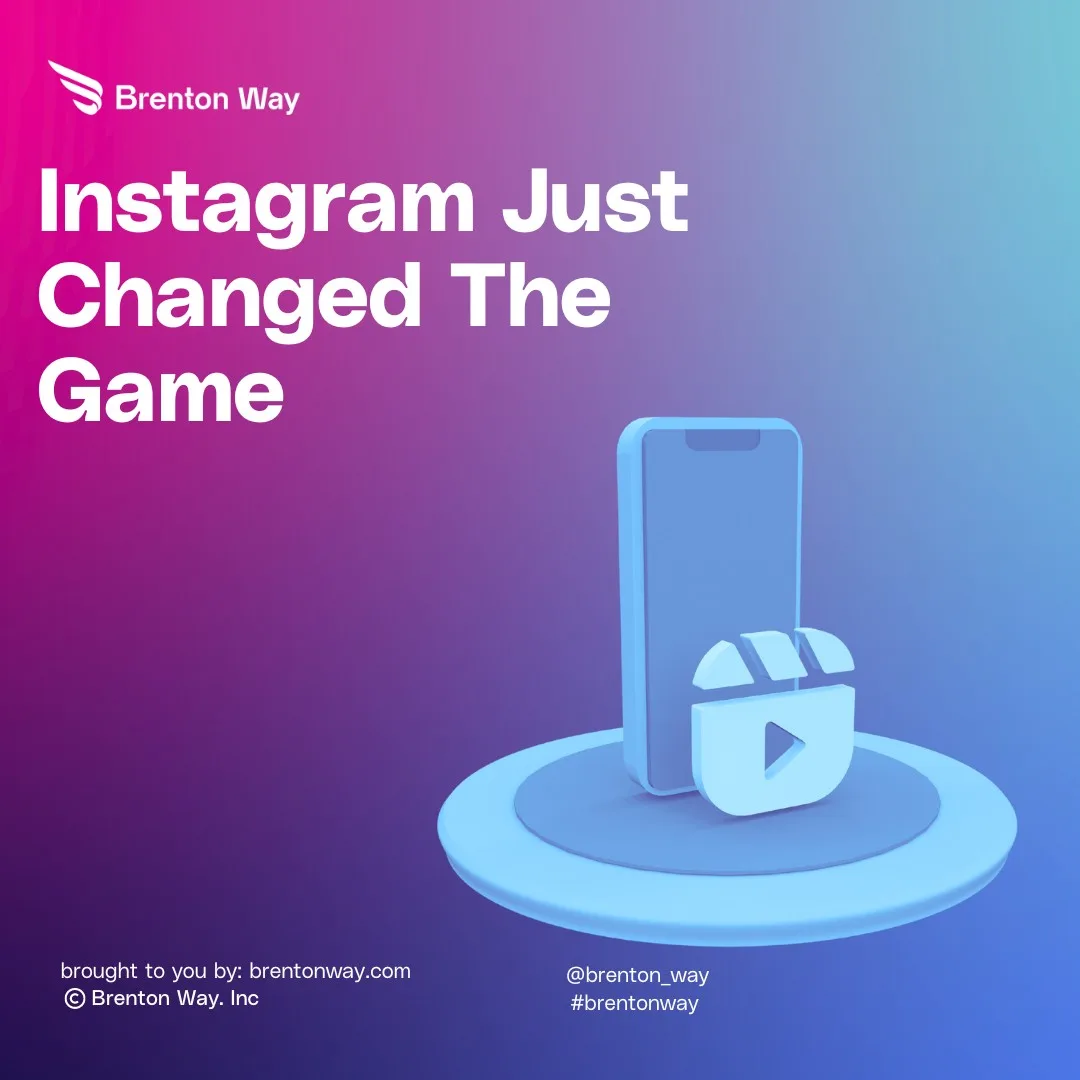
CRO not only helps improve your quality of leads but also helps you enhance revenue and lower your customer acquisition cost.
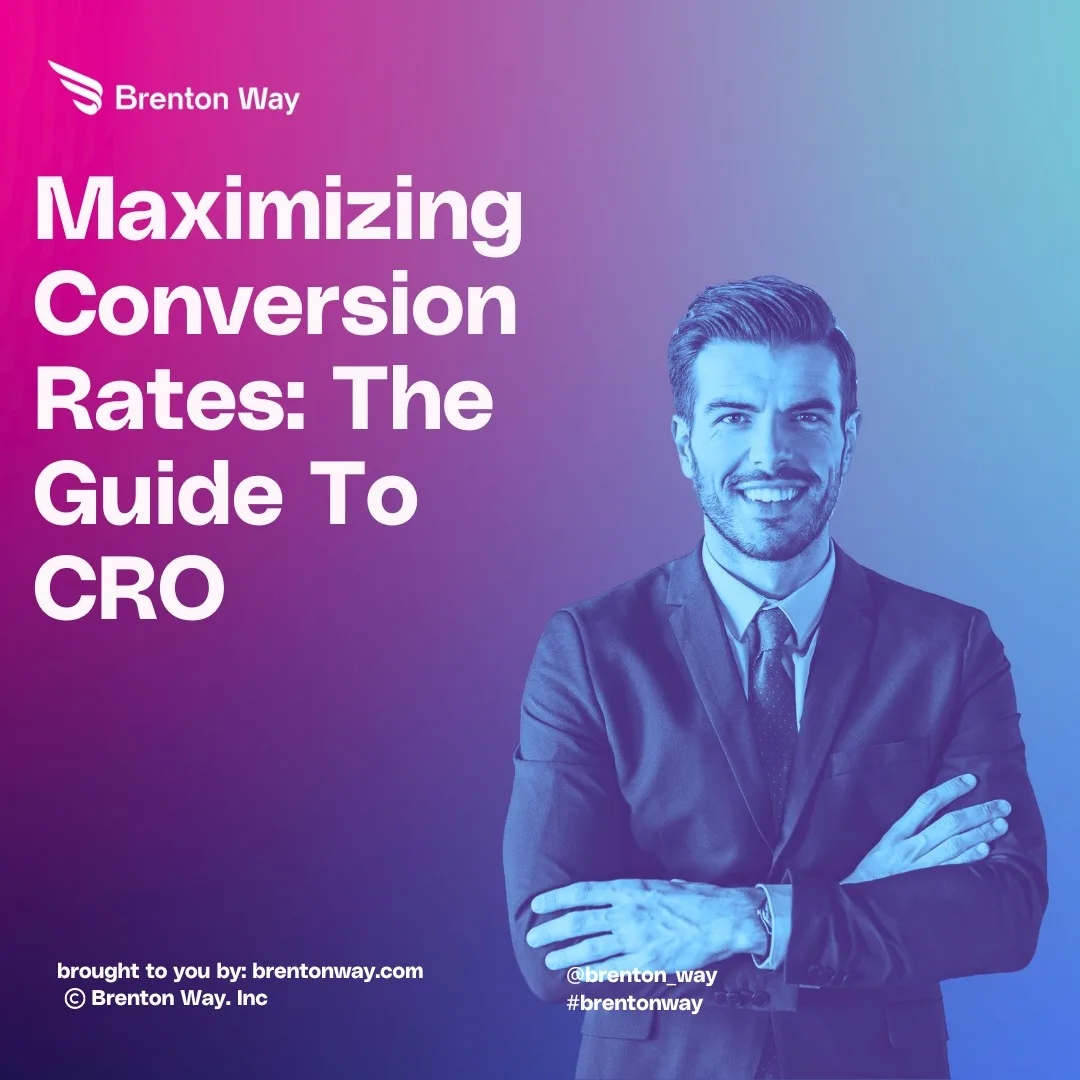
As businesses increasingly rely on their online presence to drive revenue and growth, optimizing their website for conversions has become a crucial aspect of digital marketing.
Of the many ways available, the best way to do that is by implementing a robust conversion rate optimization strategy. It is one of the most effective and efficient methods to get the desired results with maximum ROI.
This article will comprehensively explain how to maximize your conversion rate to drive profitable leads and customers toward your business.
Conversion rate optimization is a systematic process of enhancing the percentage of visitors and users who take a specific action on your social channels, website, or other digital marketing campaigns.
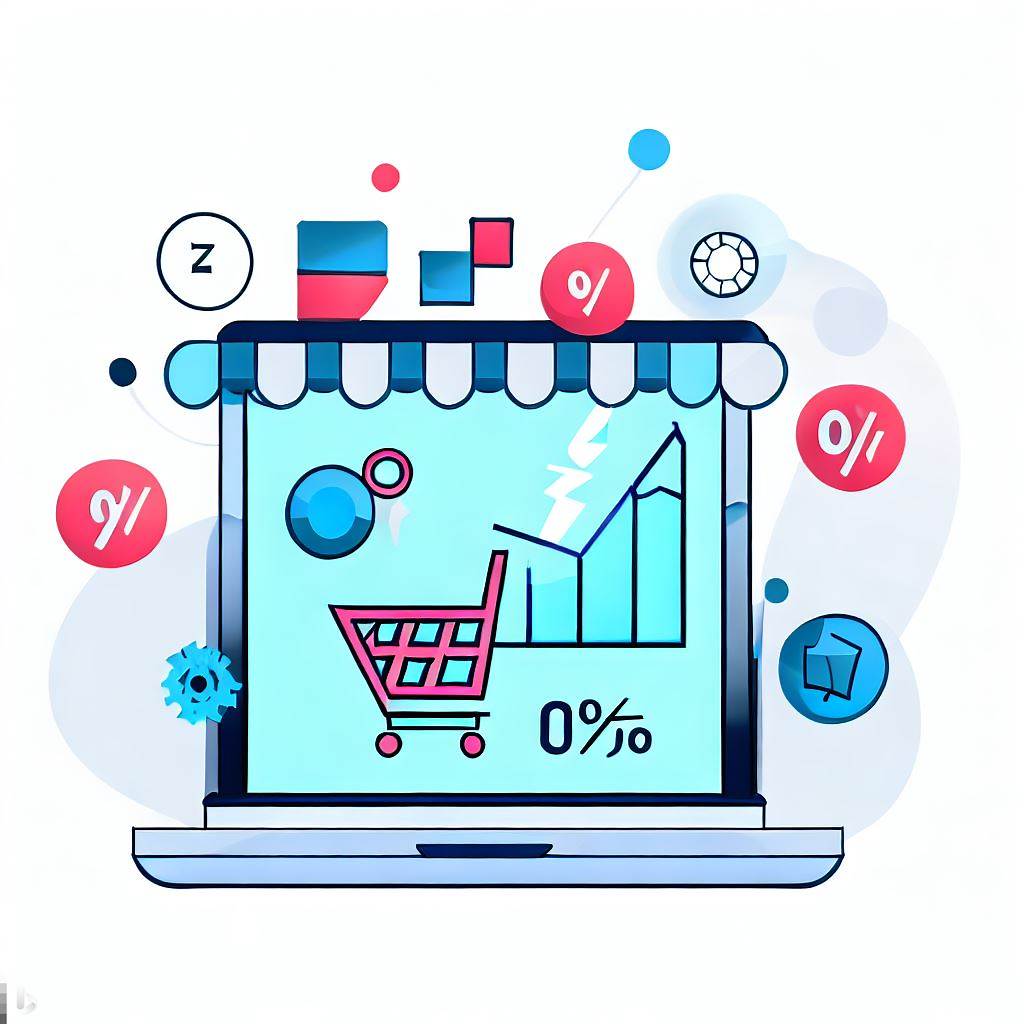
This process includes actions, such as qualitative customer research, quantitative data analysis, and experiments, that the website owner needs to take to enhance the conversion rate on the website.
You must deeply understand your users to improve your conversion rate successfully. CRO can be achieved through content enhancements, workflow improvements, and split testing.
Enhancing your conversion rate can boost your website sales without needing more traffic.
A high conversion rate implies that your website is well-designed, formatted effectively, and quite appealing to your target audience. In contrast, a low conversion rate could result from various factors related to website design or performance.
A broken form, a copy that does not convey the offer’s value in the truest sense, or a slow load time are some of the most common reasons for a poor conversion rate.
In simplest terms, a conversion is any action a user performs that helps you collect the user’s information, make a sale, or otherwise gain insights that enhance your knowledge about their interactions with the campaigns.
You can determine the conversion rate by dividing the number that converts by the number of people that visit a page.
For instance, let’s assume that 100 people visit the homepage of your website every time. If 10 of them sign up for a free trial, the page conversion rate is 10%.
Here are the top benefits of implementing conversion rate optimization for your website:
Here is a step-by-step guide to performing conversion rate optimization:

Conversion rate optimization strategies are designed in such a manner that they can convert visitors into valuable paying consumers. Although every CRO tactic differs from company to company, the general steps remain the same. It would be helpful if you had a clear idea about your target audience and key metrics.
Here are the top applicable conversion rate optimization marketing strategies that you can use to test and implement at your company:
Creating text-based CTAs comes in handy during banner blindness. Banner blindness is a natural phenomenon related to users becoming accustomed to ignoring banner-like information on websites.
This lack of attention from visitors makes them miss important aspects of a page as only some of them go to the bottom of the blog post. Thus, creating text-based CTAs within blog posts is helpful for growth.
Here is a nice example of a CTA within blog content from Social Media Examiner:
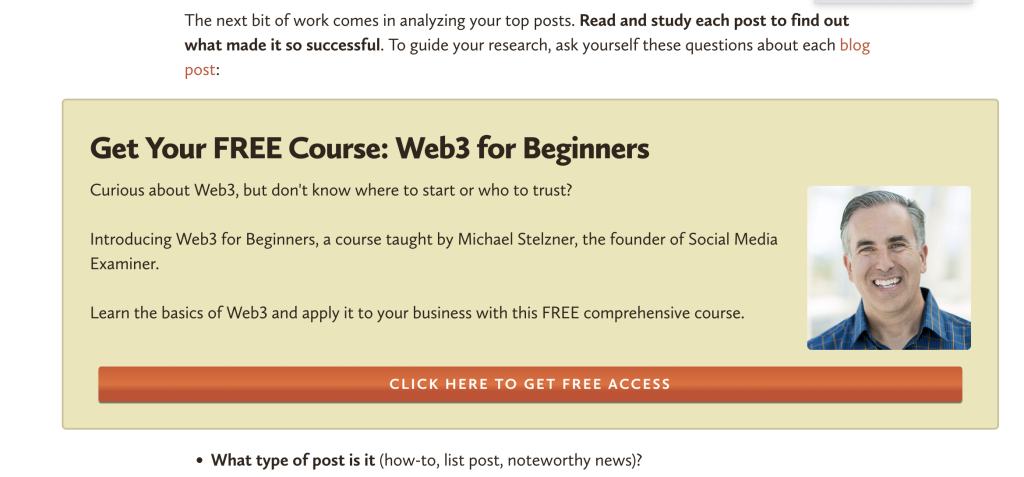
Adding a lead flow is another effective conversion rate optimization marketing strategy that you can add to your website. Lead flows are high-converting pop-ups designed in such a manner that they attract the required attention and offer value.
Depending on your needs, you can choose from a drop-down banner, a slide-in box, or a pop-up box. For instance, CXL used a side banner as their CTA to drive more conversions:
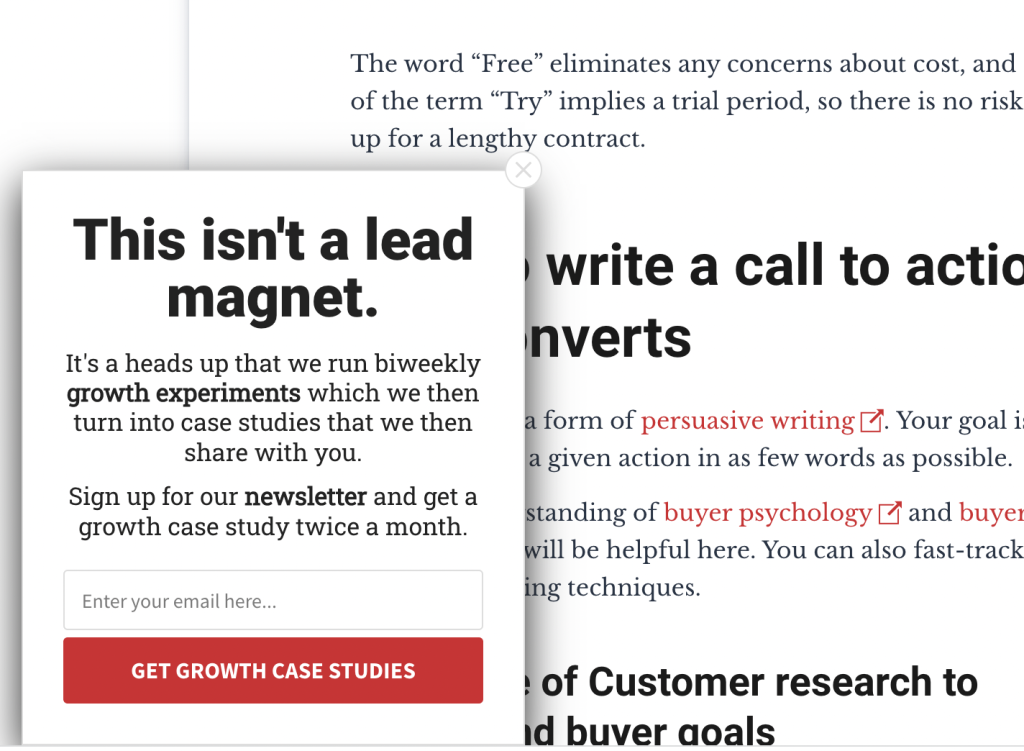
Landing pages are essential to the modern marketer’s toolkit and are integral to conversion rate optimization.
Landing pages play a vital role as an existing lead engages more extensively with the brand or a website visitor becomes a lead. To optimize a landing page, you can run A/B tests to identify the best design and content features for the potential audience.

With A/B testing, you can easily and quickly test different versions of the website copy, content offers, images, form questions, and web pages to determine your target audience and leads respond to best.
There are always two types of website visitors, one in the exploration stage and the other who clearly understands what they are searching for. Both types of visitors usually have some questions to fast-track themselves within the funnel before becoming customers.
That is why it is recommended to have a support buddy, like a chatbot, or 24×7 calling facility, for website visitors that enables you to answer common queries that these visitors might have. Here is an example of a chatbot used by Fiverr, which assists customers in closing more orders and also supports them 24×7 when they face issues.
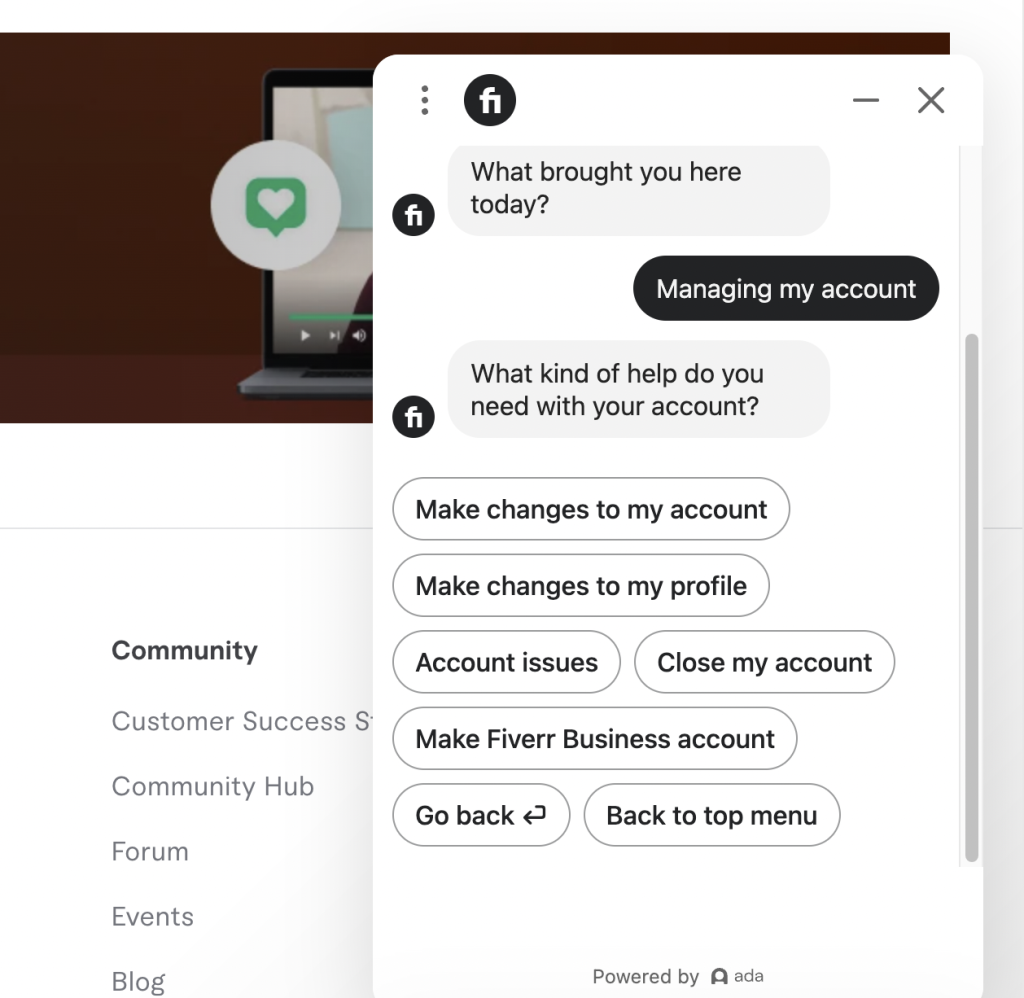
There are several automated workflows that you can use to manage your team efficiently and effectively with the help of marketing automation software like HubSpot, Eloqua, or Userfox.
For instance, with marketing automation, it is possible to send automatic emails with workflows. In this manner, leads can book meetings with reps with just one click. In the meantime, reps receive notifications when leads take high-intent actions, including viewing your website’s pricing page.
You can use live chat software to chat with website visitors in real-time and offer the necessary support and guidance.
To enhance conversions, add these messaging features to high-performing web pages, for example, your pricing and product pages, so that leads can instantaneously get the information they require.
You can also build your messaging and chatbots action-based so that if someone has spent more than 30 seconds on your page, you can instantly and automatically offer to help and answer any queries they may have.
It is a well-established fact that publishing articles or blogs opens the doors to enormous opportunities for conversions. Optimizing high-performing blog posts is, therefore, an effective strategy that you can opt for.
To get started optimizing blog spots, you need to identify the posts with the highest levels of web traffic but low conversion rates. You can observe an exponential growth in conversion rate by doing so.
In addition, you can look at blog posts with high conversion rates. You would like to drive more qualified website traffic to those posts by optimizing the search engine result page content or updating it as required to ensure it is fresh and relevant.
By leveraging retargeting on various social media platforms, you can re-engage website people who previously pulled themselves out of the website.
Retargeting works by keeping an eye on visitors to the website and serving them online ads as they visit other websites. Here is an example, of how this process works:

It is particularly impactful when you retarget that group of people who visited your highest converting web pages. It would be best if you had some engaging visuals, a well-crafted copy, and a compelling offer for retargeting to work.
This conversion rate optimization strategy could be a massive success as you can get the required percentage of conversions effectively and efficiently.
The revenue earned is directly proportional to the website’s conversion rate optimization. If the conversion rate is two times, so is the revenue. It is often more expensive to attract more traffic to the website rather than improve the conversion rate.
Thus, budding businesses prefer conversion rate optimization the most as it is cost-effective and productive.
To enhance your website’s conversion rates, you need to start with a for your website and niche quantitative research that includes finding a bottleneck.
Then it requires qualitative research to find why that bottleneck is there. Once you have answers to these questions, new ideas can be brainstormed and tested accordingly to generate more revenue.
There is no fixed answer to this question, as there are several factors responsible for conversions, such as the target audience, the marketing strategy, and the type of product sold. However, any conversion rate is considered reasonable if it is more than 1%.
Using conversion rate optimization on your website and landing pages is an ideal way to complement your existing marketing strategy. While local search engine optimization, PPC, and social media marketing, target advertising are good ways to direct traffic to your website, conversion rate optimization turns that into conversions.
Beyond targeting relevant keywords, there are certain limits to how much influence these campaigns can have on conversions. Conversion rate optimization enhances your entire marketing strategies to achieve bigger and better results.
Conversion rate optimization has always played a vital role in digital marketing campaigns. It helps you to significantly lower customer acquisition costs by deriving more value from the visitors and existing users.
You can enhance your revenue per visitor and acquire more potential customers quickly, which is helpful for the growth of your business.
Want to maximize your conversion rates significantly? Get in touch with Brenton Way’s experienced CRO team to discuss your conversion strategy for maximizing your customer base and scaling your business significantly.


